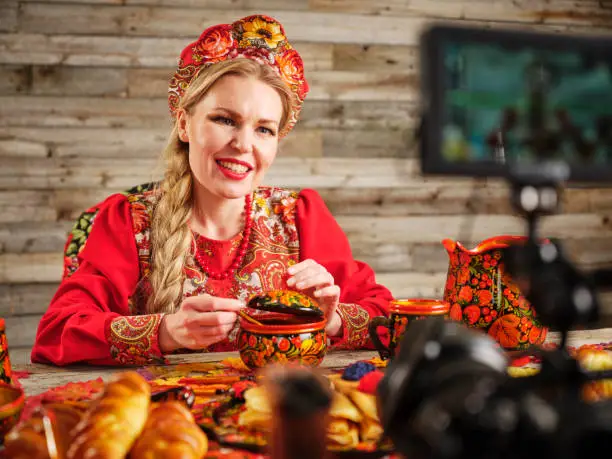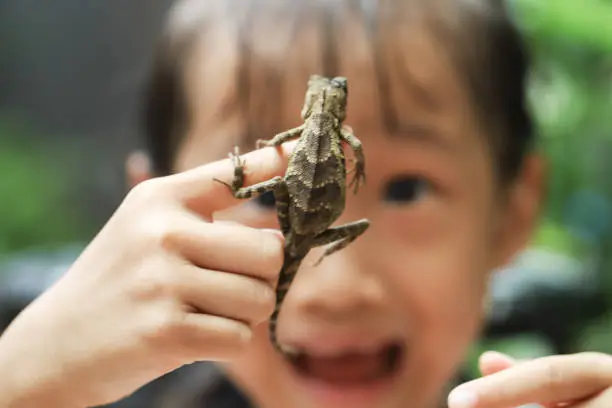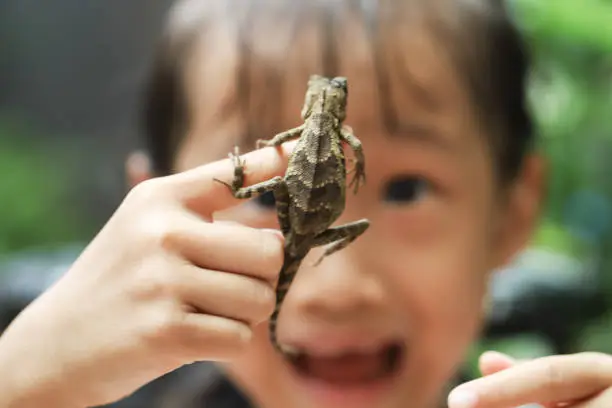What do you dream about Kokoshnik?

In the realm of dreams, each symbol and figure holds profound significance, often acting as a mirror that reflects our innermost thoughts and feelings. The kokoshnik, a traditional Russian headdress often associated with femininity and royal lineage, is laden with rich connotations. As an oracle and predictor, let us delve into what the dream of a kokoshnik signifies through the lenses of various dream interpretations.
Miller's Dream Interpretation suggests that dreaming of a kokoshnik embodies a strong connection to your cultural heritage and past. This dream can indicate a longing for traditional values or a desire to reconnect with one's roots. If you dream of wearing a kokoshnik, it may signify that you are coming into your own authority or embracing aspects of your identity with pride. On the contrary, if you see someone else wearing a kokoshnik, it may hint at feelings of envy towards someone else's status or influence. Miller emphasizes that such dreams often suggest a journey toward self-discovery and the importance of cultural identity.
Vanga's Interpretations focus more on the emotional resonance associated with the kokoshnik. Dreaming of this ornate headdress often relates to feminine energy and the nurturing aspect of womanhood. If you, as a woman, find yourself adorned in a kokoshnik, it may predict a period of personal growth, creativity, and the flourishing of nurturing qualities. However, if you see a kokoshnik becoming damaged or falling off, this could convey worries about losing your influence or the degradation of something you hold dear in your life. Vanga encourages reflection on your emotional state and the relationships affecting your self-esteem.
From Freud's perspective, the kokoshnik might represent sexual dynamics and the unconscious mind's desires. In this interpretation, the kokoshnik serves as a protective covering, symbolizing the complexities of femininity and sexuality. Dreaming of a kokoshnik could reflect feelings of confinement or the desire to express your femininity more openly. If you feel liberated in your dream while wearing the kokoshnik, it may signify personal empowerment and acceptance of your sexual identity. On the flip side, if the kokoshnik feels heavy or oppressive, it might represent underlying anxiety concerning societal norms and pressures regarding your role as a woman. Freud emphasizes that dreams can provide insight into internal conflicts and desires, particularly regarding love and relationships.
The Muslim Dreamer brings a spiritual perspective to the kokoshnik dream. In Islamic tradition, dreaming of ornate and beautiful items can symbolize fortune and blessings. A kokoshnik may hint at upcoming joy or successes in personal or communal life. It represents beauty and cultural significance, suggesting that the dreamer is likely to experience a reconnection to family values or cultural richness. If the kokoshnik is portrayed positively in the dream, it can symbolize good fortune on the horizon, suggesting achievements and recognition in your endeavors. Conversely, a damaged kokoshnik might indicate challenges in maintaining one's cultural heritage or personal struggles related to identity.
In analyzing the dream further, we consider the emotional context and actions associated with the kokoshnik. If one dreams of creating or designing a kokoshnik, it may indicate a desire for self-expression and creativity. Crafting this beautiful piece of culture signifies a wish to embody one’s heritage actively and embrace traditional craftsmanship. However, if the dream revolves around tension regarding the kokoshnik, such as arguments or disagreements about its significance, it might reveal conflicts in personal or family beliefs.
The imagery of a kokoshnik can also elicit reflections on femininity, motherhood, and the roles we play within our communities. For those in relationships, a dream involving the kokoshnik might inspire thoughts about expectations in love, partnership, and the balance of traditional and modern values. It encourages a careful examination of how culture impacts individual choices and interpersonal dynamics.
Additionally, the kokoshnik can stand as a powerful reminder of the connection between the past and present, encompassing both personal history and collective cultural narratives. Dreaming of it could urge the dreamer to actively engage with their ancestry and heritage, seeking ways to integrate those timeless teachings into contemporary life.
Ultimately, the dream of a kokoshnik, colored by the interpretations of Miller, Vanga, Freud, and the Muslim Dreamer, sketches a complex portrait of identity, spirituality, femininity, and cultural connection. It invites the dreamer to reflect deeply on their emotional landscape and encourages a dialogue with their own past, aspirations, and familial ties. Such dreams linger long after waking, reminding us of the intricate tapestry of experience and self-discovery we all navigate.





